Introduction
Roasted sesame dressing, often referred to as “sesame ginger dressing” or “Asian sesame vinaigrette,” is a culinary staple that has transcended borders to become a beloved condiment in global cuisine. Its allure lies in its ability to balance earthy, savory, and subtle sweet notes, creating a flavor profile that is both comforting and complex. But what exactly does this dressing taste like? To answer this, one must dissect its ingredients, preparation methods, and cultural influences. This article delves into the sensory experience of roasted sesame dressing, exploring its taste components, texture, and versatility in dishes ranging from salads to marinades.
The Foundation: Toasted Sesame Seeds
At the heart of roasted sesame dressing lies the humble sesame seed. When toasted, these seeds undergo a transformation: their natural oils are released, intensifying their flavor and aroma. The result is a deep, nutty taste reminiscent of hazelnuts or lightly browned almonds. This toasting process is critical—it eliminates raw bitterness and replaces it with a warmth that forms the dressing’s backbone. The seeds’ texture also changes, becoming crunchier yet more brittle, which contributes to the dressing’s eventual consistency.
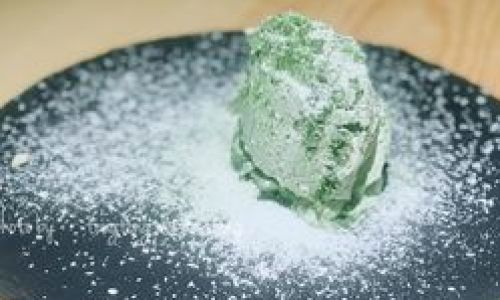
Flavor Components Breakdown
Roasted sesame dressing is a symphony of five primary taste sensations:
- Umami: Derived from fermented ingredients like soy sauce or miso, this savory depth anchors the dressing.
- Saltiness: Soy sauce or tamari provides a briny contrast to the sesame’s richness.
- Sweetness: A touch of honey, mirin, or sugar balances the salt and umami, creating harmony.
- Acidity: Rice vinegar or citrus juice cuts through the fat, brightening the overall profile.
- Bitterness: A whisper of bitterness from the sesame skins or added spices adds complexity.
The interplay of these elements prevents the dressing from leaning too heavily into any single flavor. For instance, the umami-rich soy sauce ensures the dressing doesn’t become cloyingly sweet, while the acidity prevents it from feeling one-dimensional.
The Role of Oil and Emulsification
Most roasted sesame dressings use a neutral oil, such as canola or vegetable oil, as a base. However, some recipes incorporate toasted sesame oil for an extra layer of aroma. This oil, pressed from roasted seeds, carries a potent, nutty fragrance that elevates the dressing’s intensity. Emulsification—the process of blending oil with water-based ingredients (like vinegar or soy sauce)—creates a creamy texture. Without emulsification, the dressing would separate, leaving an oily slick atop a tangy liquid. Modern recipes often use emulsifiers like mustard or mayonnaise to stabilize the mixture, resulting in a velvety consistency that clings to greens or proteins.
Texture and Mouthfeel
The texture of roasted sesame dressing varies depending on preparation. Some versions are smooth and pourable, ideal for dressing salads or drizzling over sushi. Others retain a gritty texture from coarsely ground sesame seeds, offering a pleasant contrast when used as a dip for spring rolls or dumplings. The viscosity also depends on the oil-to-acid ratio: higher oil content yields a thicker dressing, while more vinegar or citrus creates a lighter vinaigrette.
Culinary Applications
Roasted sesame dressing’s adaptability is one of its greatest strengths. In Japanese cuisine, it forms the base of goma-ae (sesame dressing for blanched vegetables) and sunomono (vinegared salads). In Chinese-American restaurants, it’s a staple for cold noodle dishes like liang mian. Western chefs have embraced it too, using it to elevate roasted vegetable salads, grilled chicken, or even as a sandwich spread.
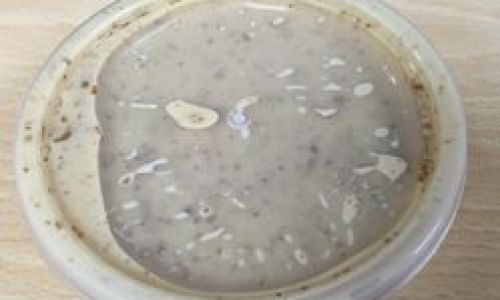
Heat and Spice: Optional Enhancements
While traditional roasted sesame dressing leans mild, contemporary recipes often incorporate heat. Chili oil, crushed red pepper, or fresh ginger add a fiery kick that complements the nutty base. Garlic, either minced or roasted, introduces a pungent layer, transforming the dressing into a marinade for meats or tofu.
Regional Variations
The dressing’s flavor profile shifts subtly across cultures:
- Japanese-Style: Emphasizes dashi (kombu and bonito broth) for umami, with mirin adding sweetness.
- Chinese-Style: Often includes black vinegar or oyster sauce for a deeper, more pungent taste.
- Korean-Style: May incorporate gochujang (fermented chili paste) for spice and doenjang (soybean paste) for earthiness.
- Americanized Versions: Frequently simplify the recipe with store-bought sesame oil, honey, and garlic powder, prioritizing convenience over authenticity.
The Science of Flavor Pairing
Roasted sesame dressing’s success lies in its compatibility with a wide range of ingredients. Its nutty richness pairs beautifully with:
- Vegetables: Crunchy cucumbers, tender spinach, or charred broccoli.
- Proteins: Grilled salmon, seared tuna, or crispy tofu.
- Grains: Quinoa, soba noodles, or jasmine rice.
- Fruits: Mango, orange segments, or sliced avocado.
The dressing’s acidity also makes it a natural tenderizer for marinades, breaking down tough meat fibers while infusing flavor.
Health Considerations
While roasted sesame dressing is undeniably delicious, it’s not without nutritional caveats. Sesame seeds are rich in healthy fats, fiber, and minerals like calcium and magnesium. However, store-bought versions often contain added sugars, sodium, and preservatives. Homemade alternatives allow for control over ingredients, enabling healthier swaps like reducing oil or using coconut aminos instead of soy sauce.
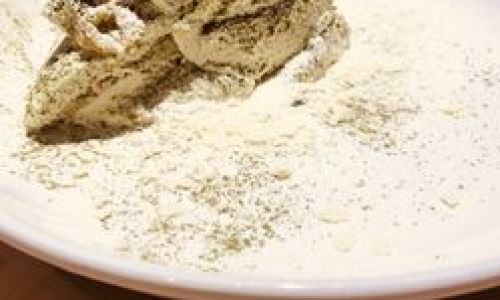
The Art of Tasting Roasted Sesame Dressing
To fully appreciate its nuances, taste the dressing in layers:
- Aroma: Inhale deeply to detect the sesame’s toasted scent, underpinned by garlic or ginger.
- Initial Flavor: Note the balance between sweet, salty, and tangy.
- Mid-Palate: Experience the umami’s emergence, often lingering on the tongue.
- Finish: Observe the lingering heat (if present) and the sesame’s subtle bitterness.
Conclusion: A Timeless Condiment
Roasted sesame dressing is more than a salad topper—it’s a testament to the power of balance in cuisine. Its ability to straddle cultures, textures, and flavor profiles makes it a kitchen essential. Whether drizzled over a simple cucumber salad or used as a glaze for roasted eggplant, this dressing transforms ordinary ingredients into memorable meals. So the next time you encounter a bottle of amber-hued roasted sesame dressing, pause to savor its layers. You’ll taste not just sesame, but centuries of culinary evolution.
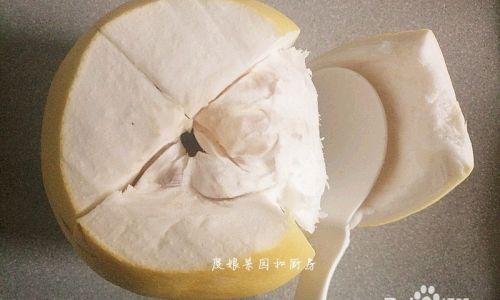

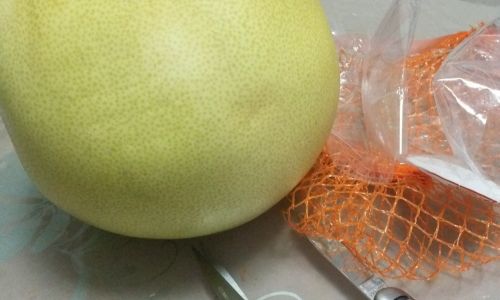
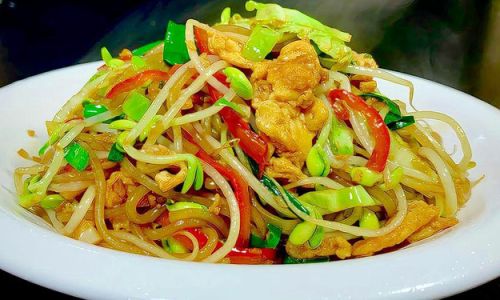
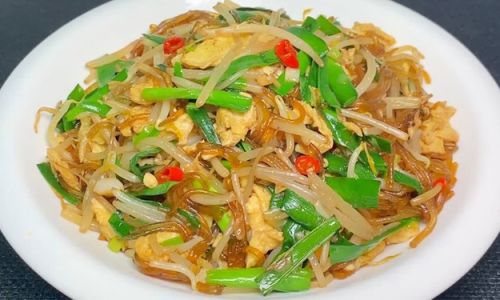
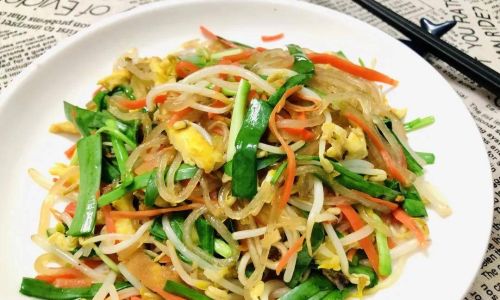
0 comments